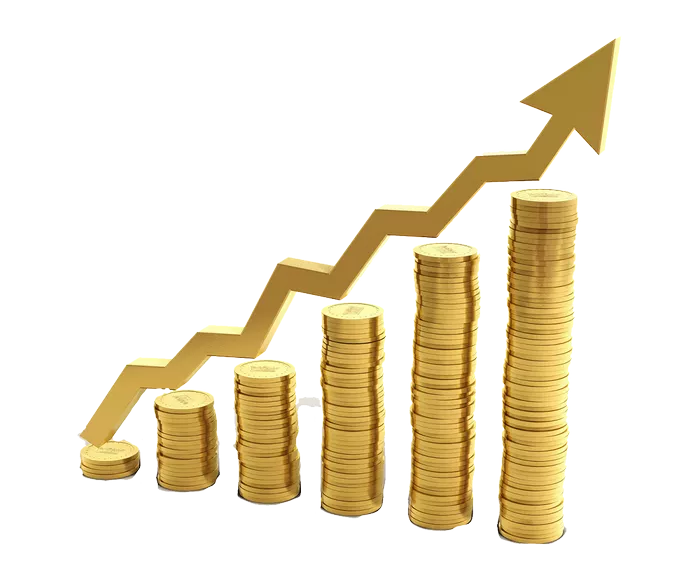In the investment field, silver, as a precious metal investment tool, possesses unique allure. It serves not only as a hedge against inflation and market uncertainty but also holds the potential for substantial returns in certain scenarios. However, achieving success in the silver market requires investors to master a certain level of expertise and skill. This article will provide you with a comprehensive set of silver investment strategies to assist you in making informed decisions in the market.
Understand the Silver Market
Before purchasing silver, it’s crucial to conduct in-depth research on the market. This includes understanding the historical trends of silver prices, influencing factors, and the characteristics of different investment channels. Through research, you can grasp the cyclical fluctuations of the market and potential risks, thereby formulating more rational investment strategies.
Choose Appropriate Investment Channels
Silver investors can utilize various channels for investment, including physical silver, silver ETFs, silver futures, etc. Each channel has its pros and cons, so investors need to choose the investment method that suits their investment goals, risk preferences, and financial situation. For example, physical silver is suitable for long-term holding, while silver futures are suitable for short-term trading.
Develop an Investment Plan
Before purchasing silver, having a clear investment plan is essential. This involves determining investment goals, budget, investment horizon, and exit strategy. Investors should devise a plan based on their risk tolerance and market expectations, regularly evaluating and adjusting to adapt to market changes.
Pay Attention to Macroeconomic Factors
The price of silver is influenced by various macroeconomic factors, including global economic growth expectations, monetary policies, inflation rates, etc. Investors need to closely monitor changes in these factors to timely adjust their investment strategies. For example, when inflation expectations rise, the demand for silver as a safe-haven asset usually increases, thereby driving up silver prices.
Technical Analysis and Fundamental Analysis
When investing in silver, technical analysis and fundamental analysis are two commonly used methods. Technical analysis primarily predicts market trends through charts and indicators, while fundamental analysis studies fundamental factors affecting silver prices, such as supply and demand relationships, production costs, etc. Investors can combine these two methods to improve the accuracy of investment decisions.
Risk Management and Diversification
In any investment, risk management is crucial. Investors should reduce risks through measures such as setting stop-loss points and position control. Additionally, diversification is an effective method to reduce risk, meaning not investing all funds in the silver market but allocating funds to different asset classes.
Maintain Patience and Discipline
Investing in silver requires patience and discipline. Market fluctuations are normal, and investors should not make impulsive decisions based on short-term ups and downs. Meanwhile, investors should adhere to their investment plans and not be swayed by market emotions.
Continuous Learning and Adaptation
Financial markets are constantly changing, so investors need to continuously learn and adapt to new market environments. Through continuous learning, investors can enhance their investment skills and knowledge, thereby better seizing market opportunities.
Conclusion:
Silver investment requires comprehensive consideration of market factors, investment channels, risk management, and other aspects. By establishing clear investment plans, paying attention to macroeconomic factors, employing technical and fundamental analysis, maintaining patience and discipline, investors can achieve success in the silver market. Moreover, continuous learning and adaptation to new market environments are also crucial.
FAQs:
Q1: How to determine the bottom of the silver market?
A1: Determining the bottom of the silver market requires comprehensive consideration of multiple factors, including technical indicators, market sentiment, supply-demand dynamics, and macroeconomic environment, etc. Generally, when the market experiences overselling, technical indicators show extreme bearish sentiment, and fundamental factors indicate potential market improvements, it might signal the market bottom. However, it’s important to note that market bottoms are often difficult to accurately predict, so investors should act cautiously, considering their risk tolerance and investment goals to formulate appropriate investment strategies.
Q2: How to speculate using silver futures?
A2: Speculating with silver futures requires a certain level of market analysis ability and risk control capability. Firstly, investors need to pay attention to market dynamics and understand factors affecting silver prices, such as supply-demand dynamics, monetary policies, inflation expectations, etc. Secondly, investors need to master basic technical and fundamental analysis methods to accurately judge market trends. Additionally, investors need to devise clear trading strategies, including entry points, stop-loss points, and target profit points, etc. Finally, investors need to strictly adhere to their trading plans, control positions and risks well, avoiding losses caused by emotional decisions.
Q3: How to choose appropriate silver ETFs?
A3: Choosing appropriate silver ETFs requires considering multiple factors, including fund size, fees, tracking error, liquidity, and the fund manager’s performance record, etc. Investors can understand detailed information about funds by referring to fund prospectuses and periodic reports. Additionally, investors can refer to ratings from third-party rating agencies and evaluations from other investors. When choosing silver ETFs, investors should make decisions based on their investment goals and risk preferences, regularly evaluating and adjusting investment portfolios.


